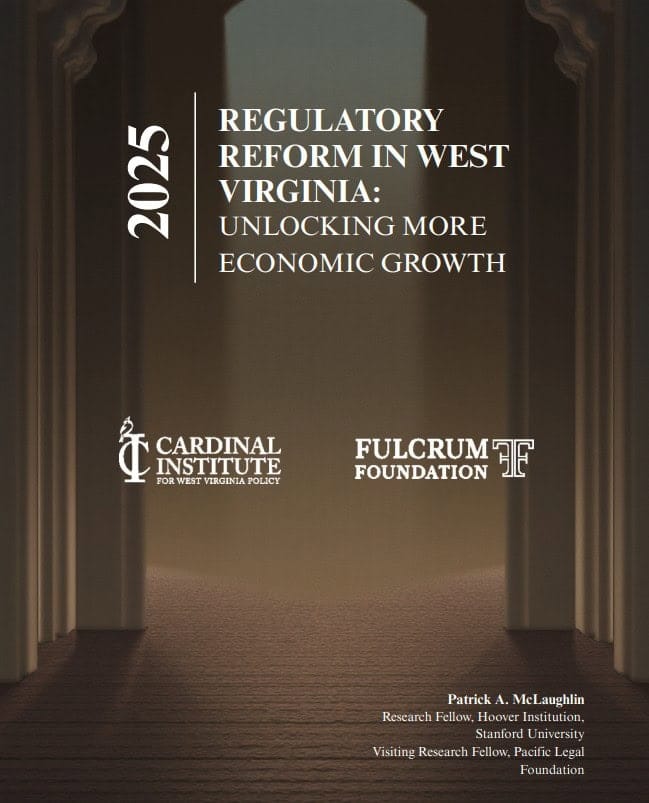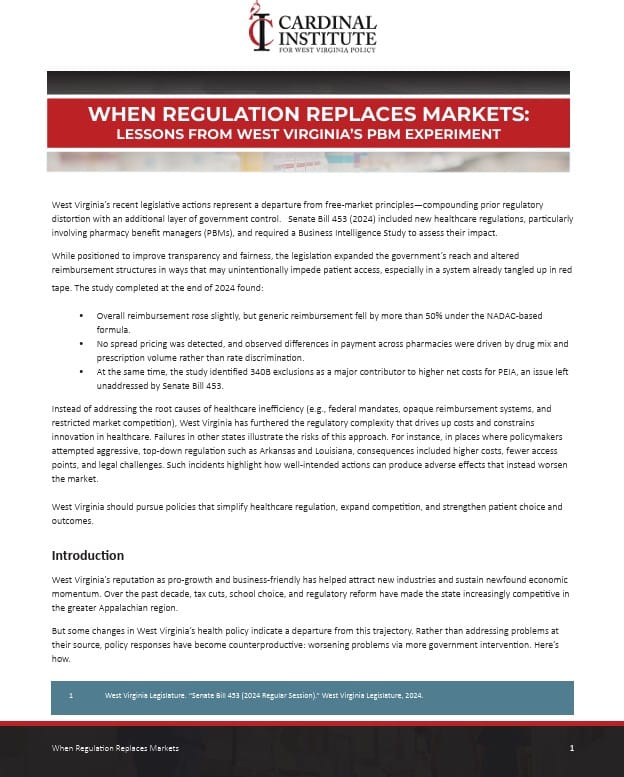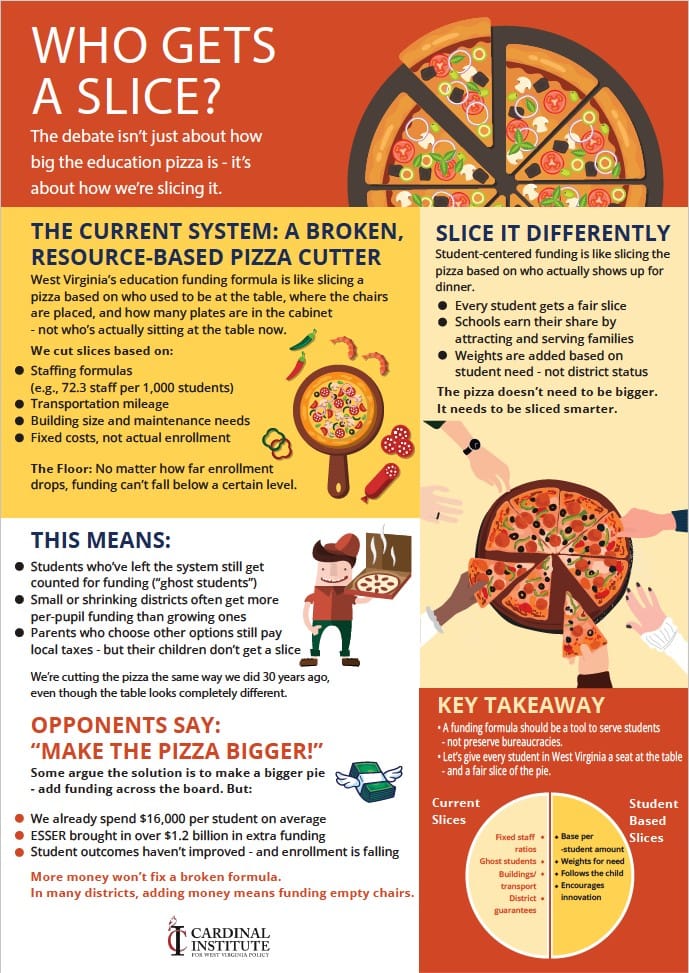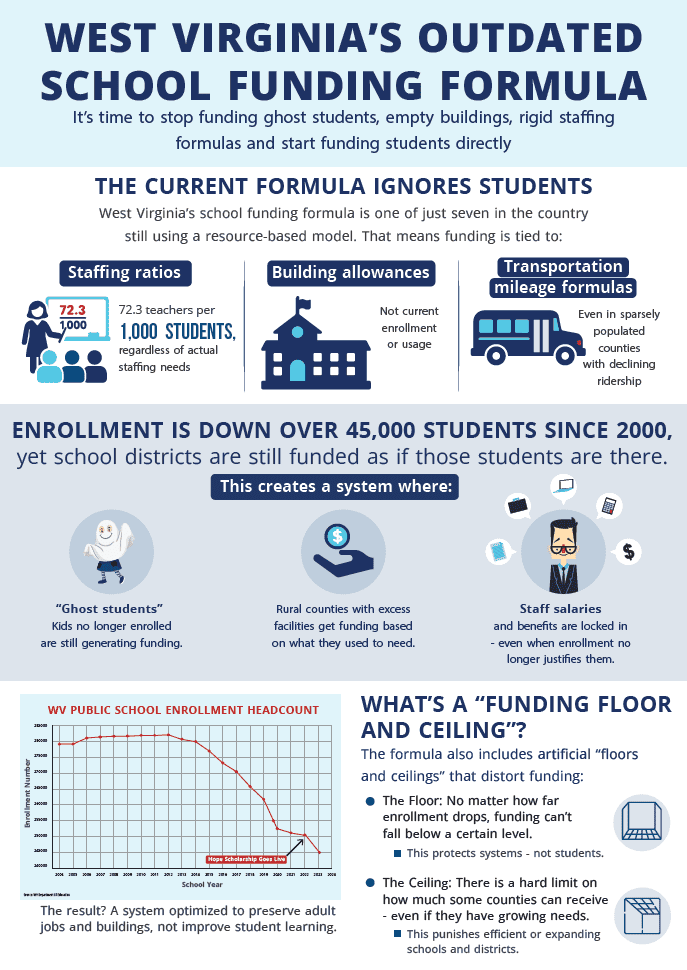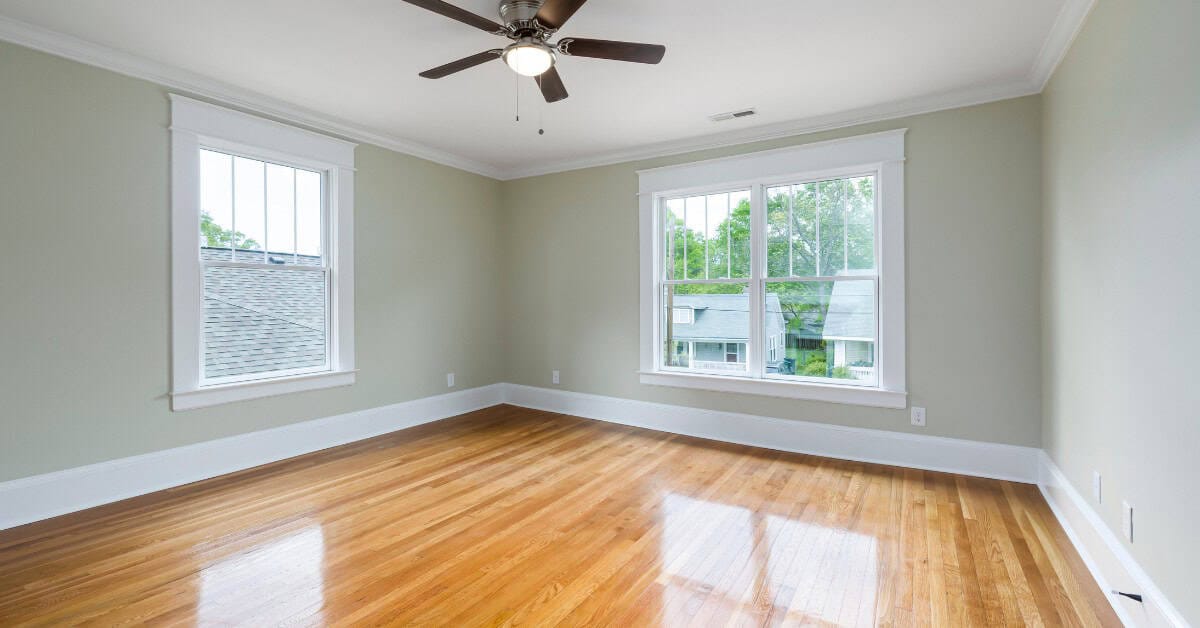
The Dangers of Floors and Ceilings
Don’t hit that back button or close this tab! You have not somehow stumbled upon a carpentry forum when you were previously browsing the Cardinal Institute’s Cardinal’s Nest Blog. You are still in your familiar repository for all things Montani Semper Liberi. So why are we talking about floors and ceilings?
As the 2024 presidential race nears its conclusion in November, we are hearing more and more about them. It isn’t that Donald Trump and Kamala Harris are debating natural vs. engineered hardwood, but they are increasingly including price floors and price ceilings as components in their economic plans. While carpenters and architects can help describe the benefits of flat versus popcorn ceilings and the aforementioned hardwood debate, price floors and ceilings are more my expertise.
What Are Price Floors and Ceilings?
Price floors and ceilings are government policies that artificially alter the prices of various goods or services, albeit in differing ways. Price floors set a minimum price that can be charged for the given good or service. Suppliers charging a lower price or consumers agreeing to purchase at a lower price is made illegal.
Price ceilings are just the opposite. They set a maximum price that can be charged for a good or service. Suppliers charging a higher price or consumers agreeing to purchase at a higher price is, again, made illegal.
A classic example of a price floor are agricultural price supports. For price ceilings, the classic example comes in the form of rent controls. So, what danger do we find in price floors and ceilings?
The Dangers of (Price) Floors and Ceilings
In many ways, price floors and ceilings are so perfectly inversive of one another, the effects of one can explain the effects of the other, just reversed. For clarity’s sake, however, I’ll lay out the hazards of both our classic examples.
Price Floors
In the 1970s and 1980s, dairy prices were volatile. Dairy farmers in the 70s experienced sharply rising feed costs. Milk went from $1.15 to $1.57 from 1970 to 1974. Accounting for inflation, that’s like having a gallon of milk that costs over $10 today! Prices swung down, then back up, and repeat. To combat this, the government instituted agricultural price supports for dairy products, insulating farmers from downward swings in price by setting a minimum price for items like milk.
But prices were changing for a reason! Distorting this price adjustment process via a price minimum at some points raised dairy prices higher than they otherwise would be. Dairy farmers loved this, so they produced as much as possible. Consumers didn’t like this, so they didn’t buy as much dairy as they would at lower prices. As a result, the United States faced a dairy surplus. There just weren’t enough consumers to buy all the dairy produced at these artificially high prices. Plenty of milk, in turn, was just poured down the drain, wasted. That which wasn’t thrown away was purchased by the government and turned into shelf stable dairy products like cheese, butter, and powdered milk. Today, the United States has 1.4 billion pounds of dairy products stored in “cheese caves”, converted limestone mines, in Missouri.
Price Ceilings
While dairy price supports are a rarer phenomenon, rent control is a popular, though economically inadvisable, policy in countries, states, and metropolitan areas all around the world. As settlements become more and more densely populated, they become more and more desirable to live in as centers of entertainment, finance, and culture develop in their urban cores. This desirability makes prices go up, as citizens would rather live in nicer areas with better amenities than worse areas without. Prices go up enough and the calls for rent control soon follow. Rents are capped in various ways.
Policymakers would prefer these new rent controls usher in a new era of plentiful, affordable living spaces, but this doesn’t happen. Instead, property developers who would have normally been drawn by high rents to build more housing (thereby lowering prices) are suddenly not interested anymore. Supply fades and consumers suddenly can’t find anywhere to live at any price! Don’t take my word for it. For a great example of the level of distortion rent control causes in housing markets, let’s look at what happened when Argentinian President Javier Milei scrapped rent control in Buenos Aires: rental listings jumped 184%. What happened to rents after controls and other regulations were done away with? In real terms, they fell 40%.
What Government Cheese and Argentinian Housing Can Teach Us
From these examples, we should take care when thinking that simple price controls, floors or ceilings, can solve our problems. The only way they work is by introducing distortions to the pricing mechanism, our most efficient way of distributing resources. In doing so, they corrupt the incentives that drive producers to produce and consumers to consume. Here are other questions for you to consider:
What happens when the minimum wage rises above the level at which some people can produce?
How does capping the price of a medicine affect the incentives of that medicine’s manufacture?
What would a price ceiling on credit cards, via limits on interest rates, do to the availability of credit to those of poor creditworthiness?




